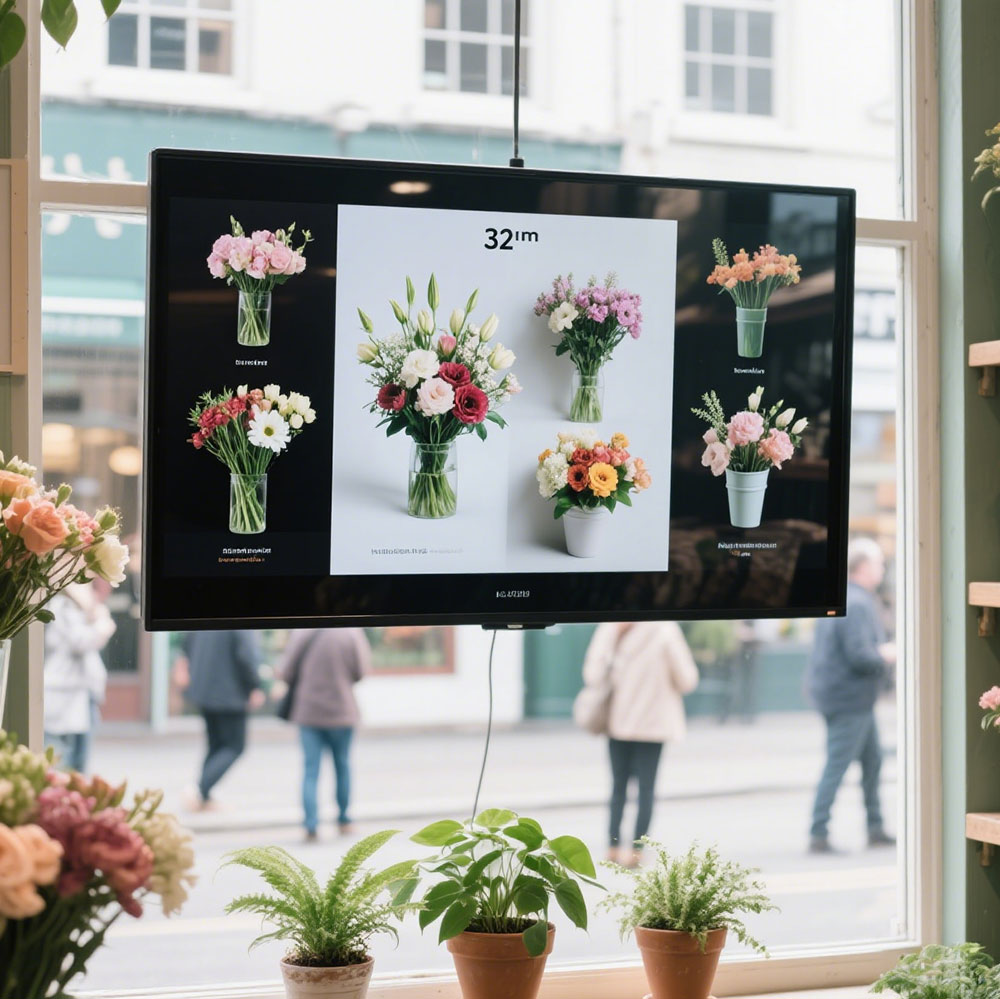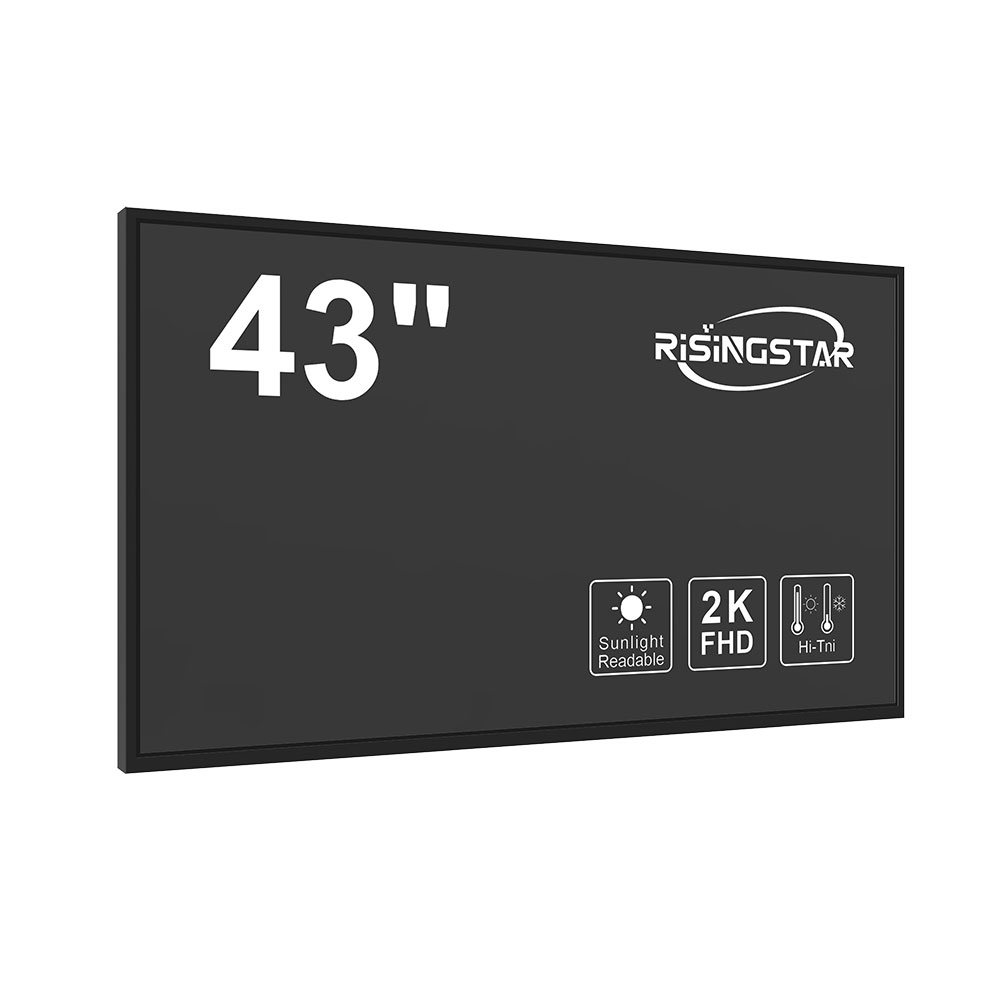When designing sunlight-readable, high-brightness LCD displays for outdoor applications—such as industrial control panels, transportation systems, or public information kiosks—the IP66 waterproof rating is not just a feature—it’s a necessity. IP66, defined by the International Electrotechnical Commission (IEC 60529), ensures complete protection against dust ingress (6) and powerful water jets from any direction (6). This level of protection is critical for reliable operation in harsh environments like construction sites, marine platforms, or urban transit hubs where exposure to rain, humidity, and even cleaning water jets is routine.
To achieve IP66 compliance, manufacturers must adopt a multi-layered approach that combines mechanical sealing, material selection, and rigorous testing. First, the display enclosure must be constructed using sealed gaskets made from silicone or EPDM rubber, which maintain flexibility across wide temperature ranges while resisting UV degradation. The bezel-to-panel interface must be precisely machined and bonded with industrial-grade adhesives or ultrasonic welding techniques to prevent micro-gaps that could allow water penetration.
Second, all external ports—including USB, HDMI, and power connectors—must be either recessed or equipped with IP66-rated caps. In some cases, sealed connector blocks (like M12 or Hirose connectors) are preferred over standard ones because they offer better environmental resistance. These components are often tested under controlled conditions using the IEC 60529 test method: water jets at 12.5 liters per minute for 3 minutes from a distance of 3 meters, applied from multiple angles.
Third, internal moisture management is crucial. Even with perfect external sealing, condensation inside the housing can lead to short circuits or corrosion. Therefore, high-brightness LCDs used in IP66-rated designs often include desiccant packs or passive breathers that allow pressure equalization without moisture ingress—a practice endorsed by ISO 16750-3 for automotive electronics.

Case studies from leading manufacturers such as LG Display and Sharp demonstrate that achieving IP66 doesn’t compromise brightness performance. For instance, a 1000 cd/m² outdoor LCD panel built with an IP66-rated aluminum housing and full-seal front glass maintains its luminance output even after 500 hours of continuous spray testing. These displays typically use anti-glare coatings and polarizer films that enhance visibility under direct sunlight while minimizing reflection losses—a key requirement for human-readable interfaces in bright environments.
In conclusion, reaching IP66 waterproof certification for high-brightness LCDs demands engineering precision, robust materials, and systematic validation. It is not merely about meeting a standard but ensuring operational resilience in real-world conditions. As global demand for durable, sun-readable displays grows—especially in smart city and IoT infrastructure projects—IP66 compliance remains a cornerstone of product reliability and user trust.








